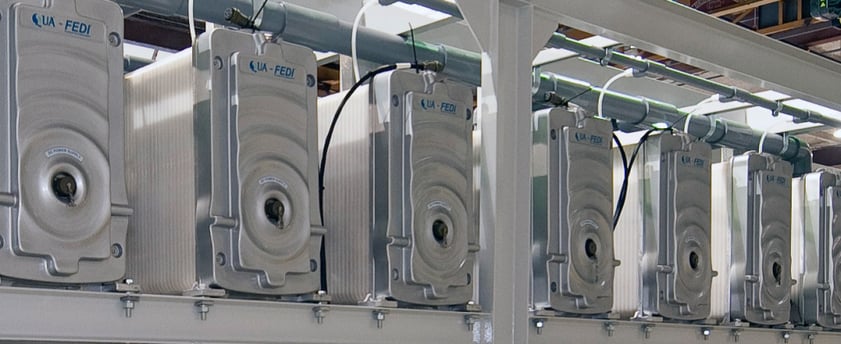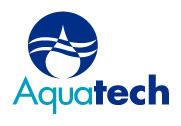
QUA is an innovator of advanced membrane products that address the most demanding water challenges. Our diverse product portfolio includes electrodeionization, ceramic and polymeric ultrafiltration, and submerged membranes for wastewater applications. One of these applications is our Fractional Electrodeionization (FEDI®) technology.
The Electrodeionization (EDI) process, invented over 20 years ago, is a continuous, chemical-free method that removes ionized and ionizable impurities from the feed water. EDI eliminates the need to store and handle hazardous chemicals required for resin regeneration and the associated neutralization steps. QUA’s Fractional Electrodeionization (FEDI®) process is an advancement of EDI and was developed by taking into account the limitations of conventional EDI. The patented dual voltage process allows for a higher flexibility and tolerance to inlet water conditions, thus lowering the risk of scaling, and improving the plant’s design economics and reliability. We recently utalized this technology complete a project for Sabine Pass, one of the largest LNG refineries in the United States.
Sabine Pass, required a membrane desalination solution to cater to its extensive process water needs in order to produce a large amount of liquefied natural gas for export. The client decided that a reverse osmosis (RO) desalination solution, followed by a demineralization step, would best suit their intended system designed to operate on single pass RO feed water. Since single pass RO water is a challenging application for conventional electrodeionization (EDI) systems, the customer carefully evaluated options for RO permeate polishing. QUA’s Fractional EDI (FEDI®) was chosen due to its design advantages that include reduced hardness scaling.
This water treatment system is key to long-term success of the terminal’s liquefaction process. QUA’s FEDI® successfully delivered a reliable EDI solution, coupled with a modular design, that allows for easy expansion for future growth as the plant plans to expand its capacity.
To read the full story click here.

